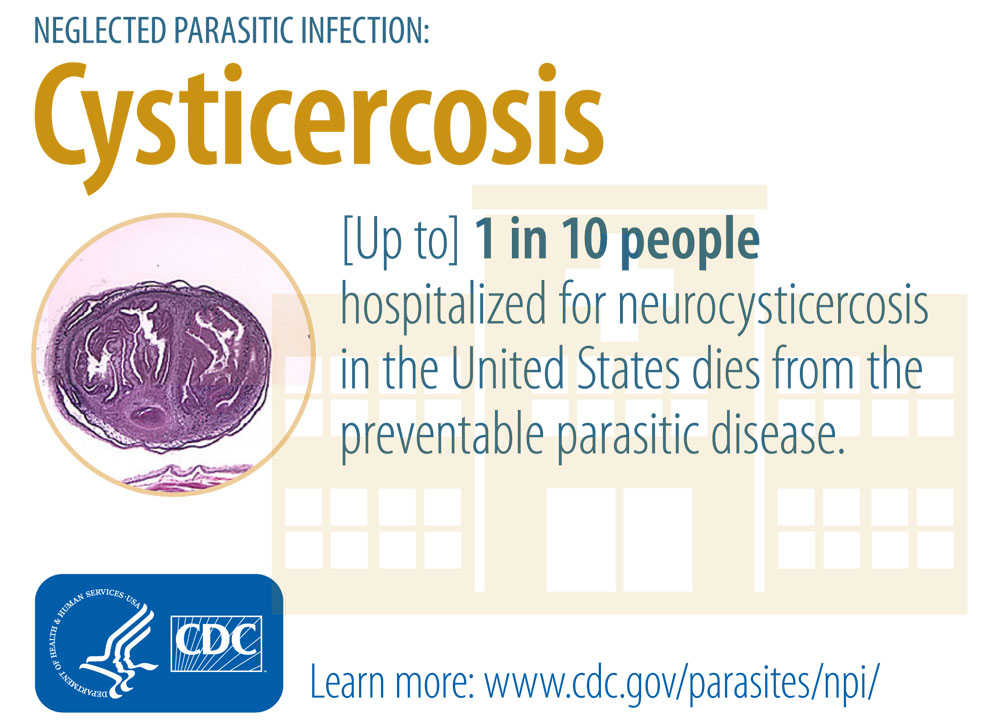
People with a history of taeniasis should seek medical attention as soon as possible. While feces are the best indicator of infection, diagnosis can be difficult before the development of adult tapeworms. Blood tests can confirm the presence of taeniasis in some cases. However, if you suspect that you may have contracted the disease from contaminated meat, you should seek a doctor’s opinion.
The infection is transmitted from animals to humans through the ingestion of contaminated water and meat. During the infection, the tapeworms attach to the host’s intestinal wall and multiply within it. The symptoms of taeniasis include irritation in the perianal region, worm eggs, and worm segments in the stool. Symptoms of taeniasis can be difficult to diagnose, but early treatment can help reduce the risk of the condition.
Although the study involved 13 cases of taeniasis, it is worth noting that a significant percentage of those infected were carriers of the infection. In one case, a male worker from Japan noticed a subcutaneous nodule on his neck in December 2009 and it continued to increase. Brain CT and magnetic resonance imaging confirmed the presence of multiple cystic lesions in the brain. The serology results were all positive, but the findings did not support the hypothesis that the taeniasis was caused by the parasite.
In the United States, T. spp. and T. brauni are most common. The majority of people with intestinal taeniasis have no symptoms. During an infection, the patient may experience abdominal pain, anorexia, or loss of weight. During a bout with cysticercosis, patients can experience malaise and increased intracranial pressure. Fortunately, there is a low mortality rate associated with the disease. But complications can occur, including encephalitis and stroke.
Most people with taeniasis have no or mild symptoms. However, people with a tapeworm infection may develop abdominal pain and have diarrhea. In severe cases, the tapeworm can also lodge in the bile ducts. In this case, patients can experience diarrhea and weight loss. The symptoms of taeniasis depend on the individual’s lifestyle and health. The first stage of the disease is usually asymptomatic.
Teniasis can be mild or asymptomatic. In most cases, the disease is asymptomatic or has a mild inflammatory reaction. In some cases, taeniasis can lead to neurological disorders and even death. It is important to seek timely treatment for taeniasis at site Handaldok.com if you experience any of these symptoms. These parasites can live for many months. They can be passed from person to person.
Among the sex groups, men were more likely to have taeniasis cysts. They have a higher risk of developing the condition than women, but the symptoms are usually mild and temporary. The infection itself can be easily transmitted to other people in the same household. Because it’s contagious, it’s important to get tested for it. A simple blood test can determine if you have taeniasis.
The spalls in taeniasis are small and can be classified as the type that causes the disease. Infected people may have different signs and symptoms depending on their symptoms. Some patients may have symptoms of taeniasis without any symptoms, while others may develop taeniasis only after the infection has spread. This can be a serious complication that can affect your life.
Taeniasis infection is a chronic disease caused by the larvae of the tapeworm Taenia solium. It takes 8 to 14 weeks to develop after a person has accidentally ingested Taenia solium eggs. The taeniasis slips are contaminated with toxins, leading to symptoms such as fever and vomiting. The disease can also be fatal, leading to an increased risk of gastrointestinal bleeding.
Teniasis is of two types. Taeniasis infection is most common among residents south of Vietnam. The taeniasis species is called taenia asiatica and needs a pig as an intermediate host. Several Asian countries are infected with taeniasis. There are many different types of taeniasis, and each type of disease has its own causes and symptoms.
.